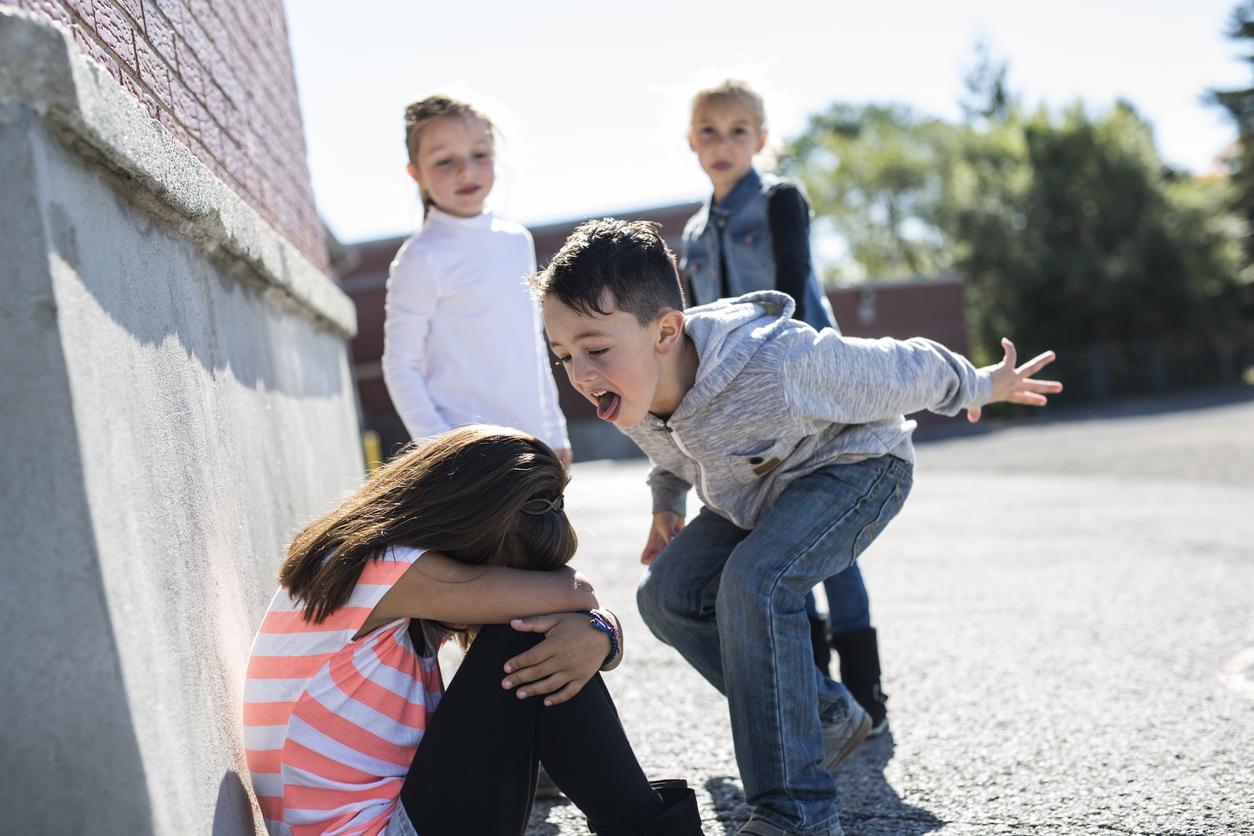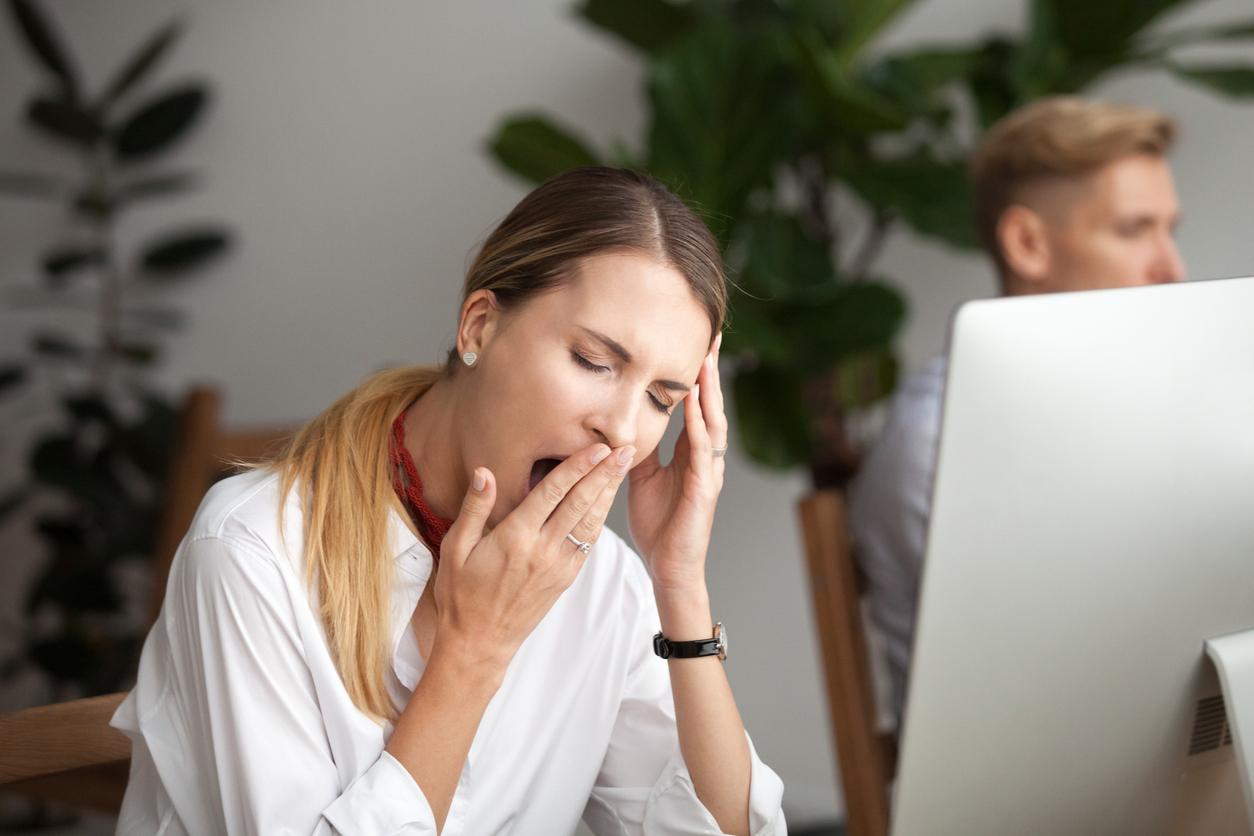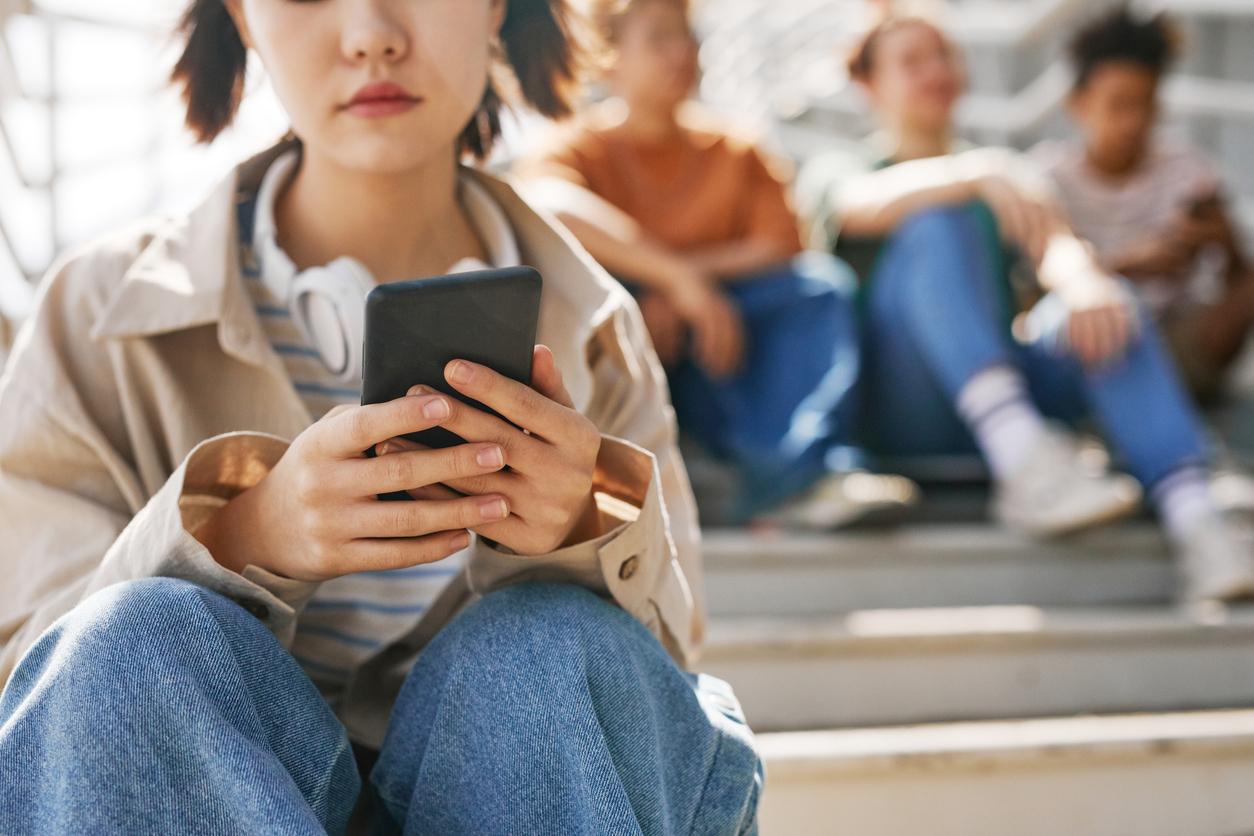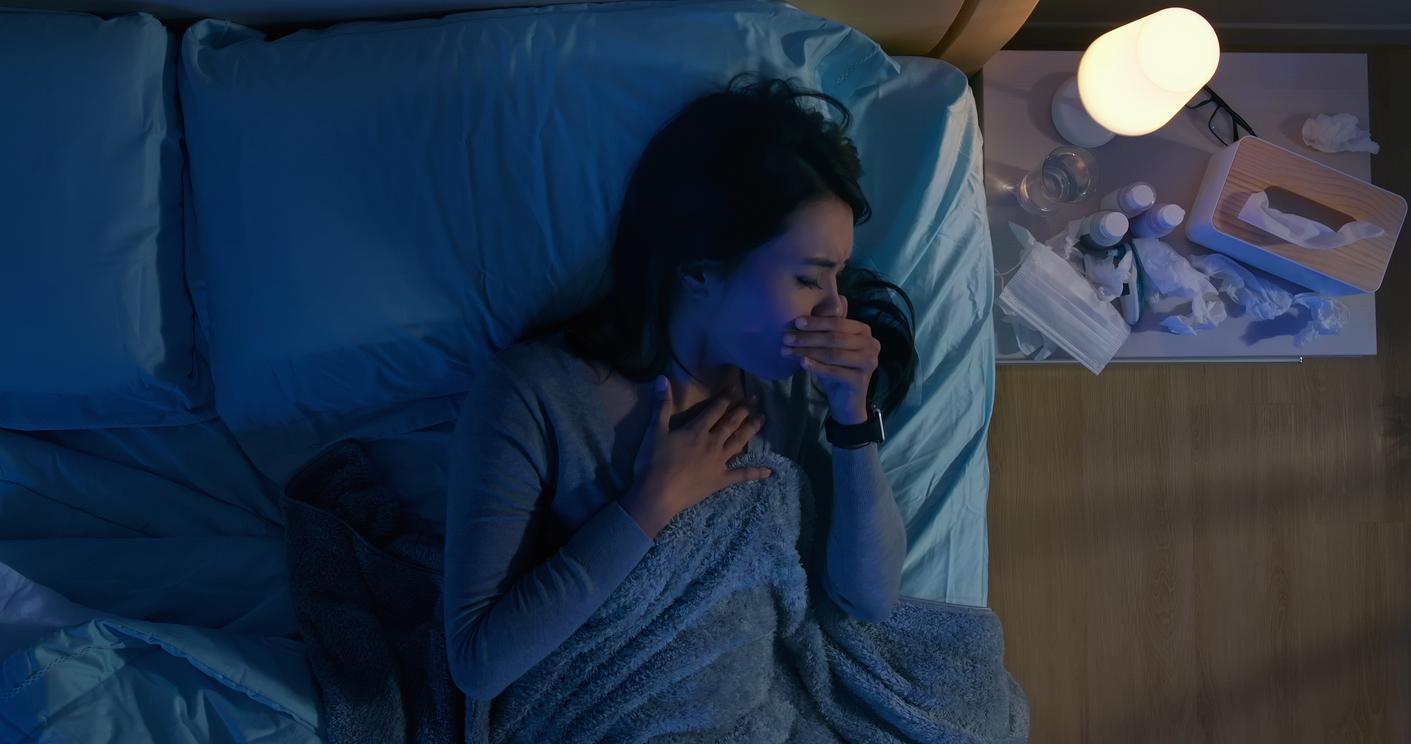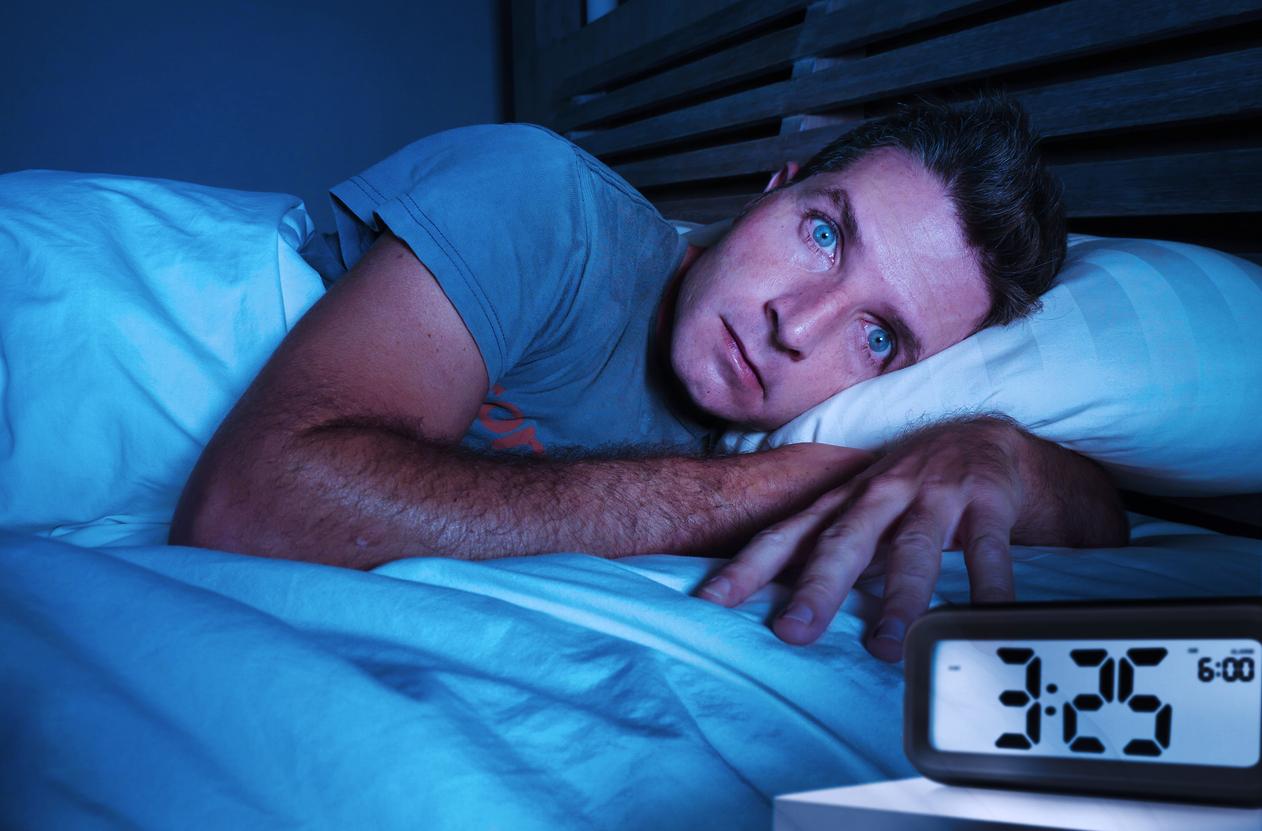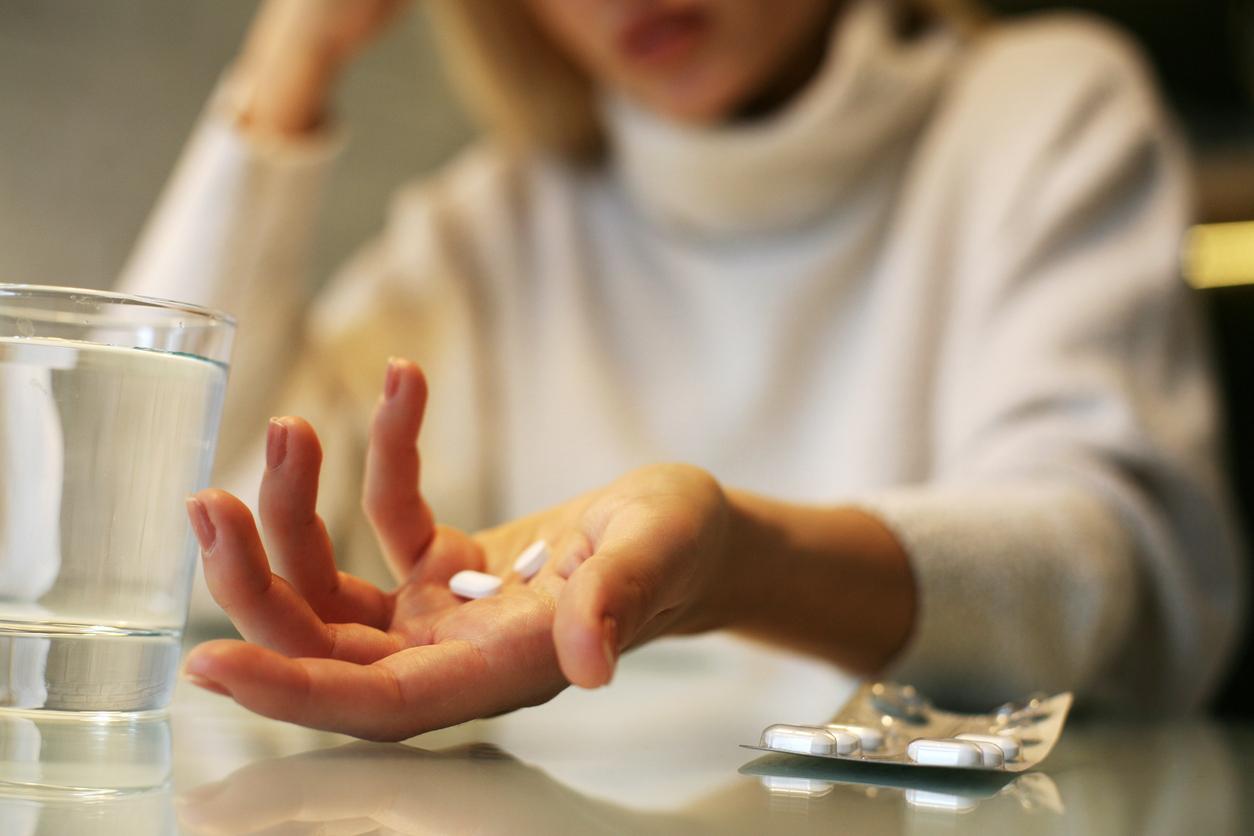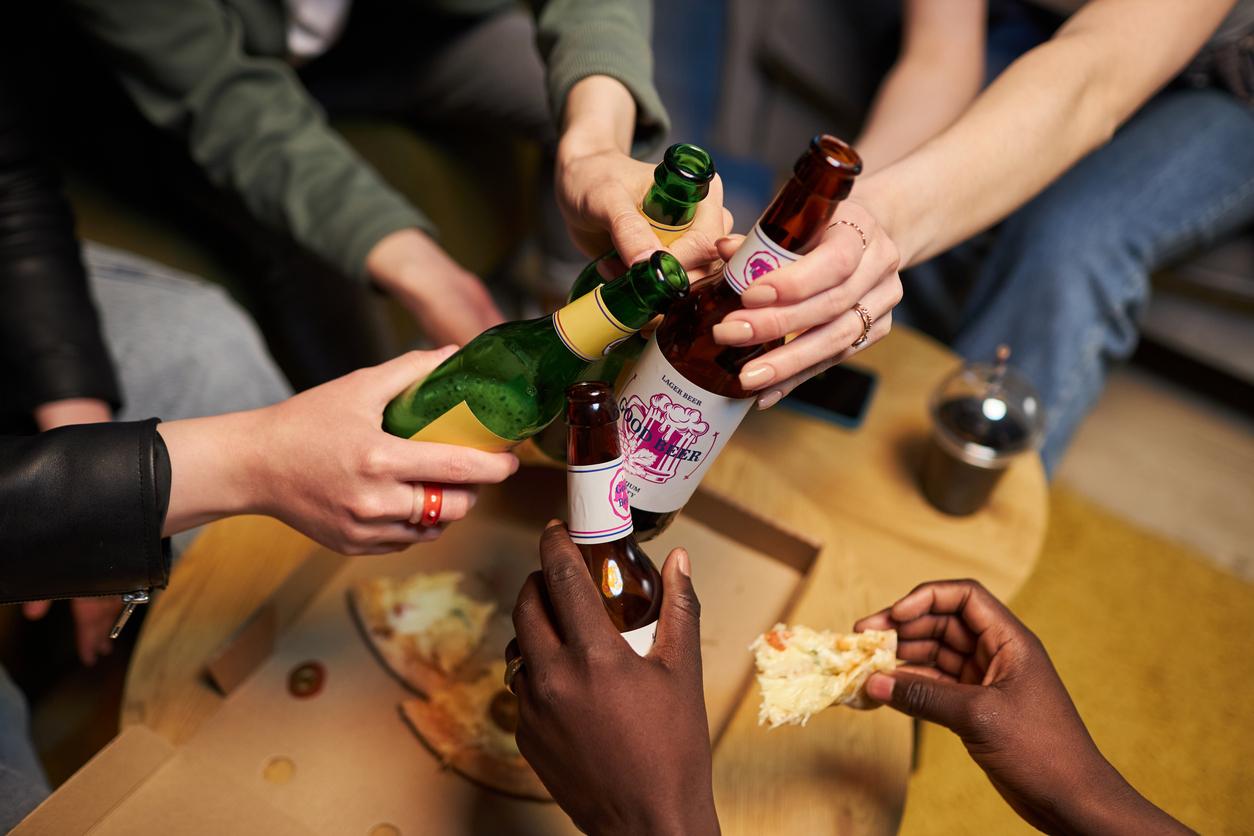Light therapy makes it easier for teens to fall asleep so they can wake up ready for school.

- Light therapy consists of exposing oneself every day to artificial white light, called “broad spectrum”, diffused by a lamp.
- Light therapy helps to treat health problems related to disturbances in the internal biological clock, such as seasonal depression and sleep disorders.
Adolescence is undeniably a period of upheaval. One notable change is in the biology of sleep that occurs during puberty: the brain systems that control sleep change in such a way that it’s easier for a teenager to stay awake later in the evening.
Teenagers lack hours of sleep
One of these systems, the 24-hour circadian clock, actually shifts later in time, which is difficult to reconcile with school timetables that force adolescents to get up early. So while they need eight to 10 hours of sleep a night to maintain physical health, emotional well-being, and academic performance, according to the National Sleep Foundation and the American Academy of Sleep Medicine, most teenagers sleep less than eight, especially on school nights. Taking this data into account, researchers looked at ways to help teens sleep earlier. Their results were published in the journal Sleep.
Light therapy helps teens go to bed earlier
To combat teen sleep deprivation, the researchers used light therapy for two weekend mornings, for a total of 2.5 hours. Indeed, the bright light encourages the internal clock (and therefore the teenager) to wake up a little earlier.
Combined with limiting certain extracurricular activities, the researchers were able to advance the teens’ bedtime by an hour and a half, and their total sleep time increased by about an hour. The effects were felt on the mental state of adolescents who were less tired, less irritable and less worried. They showed better concentration and their morning alertness also improved, again proving the benefits of sleep on quality of life and health.






